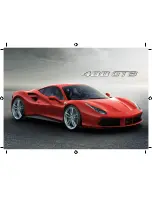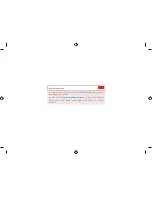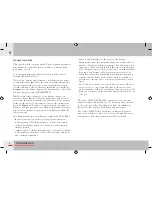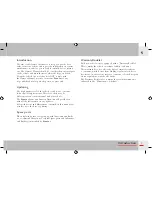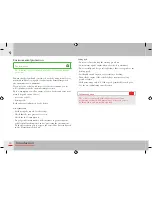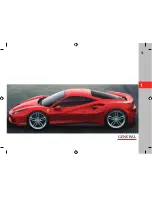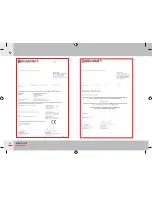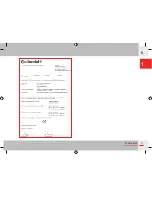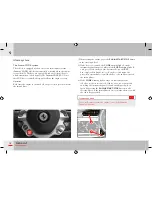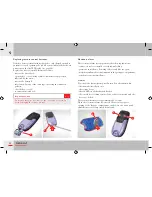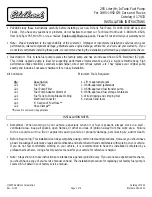
5
Introduction
The driver must pay the utmost attention to the signals of the
vehicle and, in particular, the warning lights on the dashboard
and buzzers. Even when the warning lights do not indicate a
situation of immediate danger, the driver must be cautious in
relation to possible consequences/degeneration of the failure
and other information given.
During routine operations, such as refuelling, precautions
should always been taken and it is important to check that
flammable liquid has not been spilled; these precautions must
be observed even if the operation is performed by others.
Similarly, before setting off make sure that the doors are
closed by checking the warning lights and also manually.
The driver must be fully acquainted with the vehicle and its
controls in order to handle and drive it correctly. Command of
the vehicle can be acquired/improved by attending the driving
courses held by
Ferrari
which we strongly recommend.
The use of terms from the motor sports world (such as F1,
SPORT and RACE) is merely indicative of the vehicle's
competition-derived technology and does not endorse
inappropriate behaviour on the road which does not comply
with Traffic Regulations.
While this vehicle has features that may be used on the track,
it is a road-going vehicle and is not suitable for continuous use
on the track.
Most accidents are caused by distraction. The driver must use
any on-board information, communication and entertainment
systems responsibly, especially when the vehicle is in motion.
Examples of information, communication and entertainment
systems are the following: satellite navigation systems, traffic
information systems (e.g. ITT), media players (e.g. iPod),
telephones with Bluetooth connectivity, etc. (whether merely
audio-based or with display).
It is important to bear in mind that on-board systems may
be distracting when driving since they may take a driver's
attention away from the road for several seconds.
Aftermarket video entertainment systems for the passenger (e.g.
TV) must be installed where they cannot distract the driver
while the vehicle is in motion. While the vehicle is in motion,
the attention required to use on-board systems must never
exceed the high level of attention required to drive safely in
accordance with the Traffic Regulations.
Therefore, these systems may only be used (separately or in
combination with others) by the driver:
- in complete safety (stopping the vehicle before use if
necessary). Operations that are not involved with driving
(e.g. changing dashboard functions), must be performed in
maximum safety when the vehicle is stationary;
- putting road safety first; for example, under conditions of
poor or limited visibility, looking at a display with active
programmes can be distracting even if you take your eye off
the road only for a split second;
Summary of Contents for 488
Page 1: ......
Page 3: ......
Page 13: ...GENERAL 1 ...
Page 16: ...16 General ...
Page 17: ...17 General 1 ...
Page 24: ...24 General Identification and homologation plates and labels A B E F G L M O P N H C Q R ...
Page 26: ...26 General A Low beam homologation B ECE homologation C Vehicle identification ...
Page 29: ...29 General 1 P TPMS present warning Q Chassis number R Original paintwork ...
Page 41: ...SAFETY 2 ...
Page 71: ...ABOUT YOUR VEHICLE 3 ...
Page 82: ...82 About your Vehicle Instruments and gauges 6 5 1 5 3 7 2 5 4 5 ...
Page 199: ...199 About your Vehicle 3 ...
Page 201: ...ADVICE FOR EMERGENCY SITUATIONS 4 ...
Page 237: ...CARE OF THE VEHICLE 5 ...
Page 254: ...Glossary 257 ...
Page 255: ...GLOSSARY 6 ...
Page 256: ......
Page 260: ...Table of Contents 262 ...
Page 261: ...TABLE OF CONTENTS 7 ...

